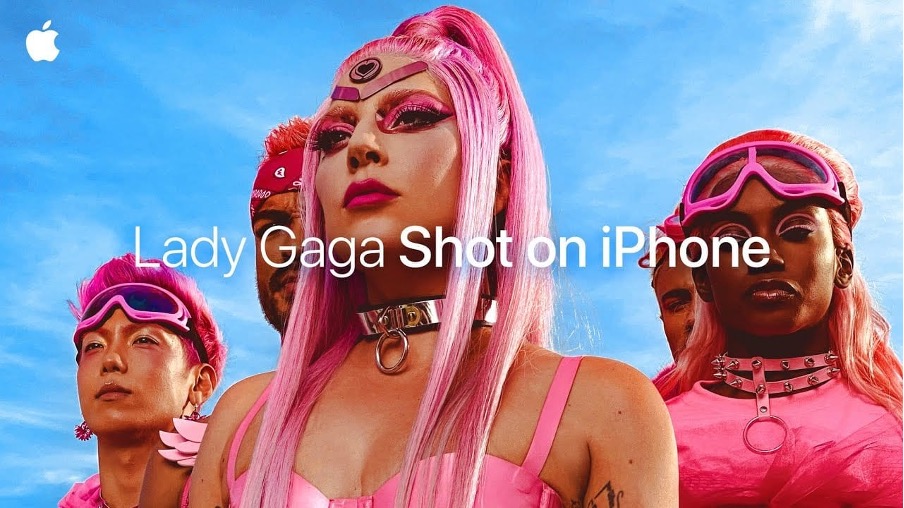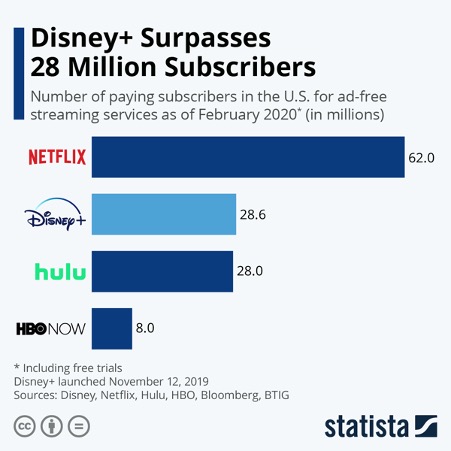Picture this: you are a builder commissioned to construct an elaborate house but, you are given vague blueprints. How can you be expected to erect a sturdy, functional structure, yet alone a beautiful one, without precise directions? This analogy holds true in marketing. Briefs serve as the foundation upon which every campaign is constructed. Without a robust foundation, the entire structure is bound to crumble.
Let’s address the elephant in the room — the notion that writing marketing briefs is merely a simple, routine task that can be quickly done up. Marketing teams may be churning out content, graphics and advertisements but if these components do not align with a shared vision, the message is bound to fall flat. It is no surprise that this misguided perspective paves the way for chaos, miscommunication and ultimately, failed campaigns.
A good, comprehensive brief ensures that everyone is on the same page and working towards a unified goal, leaving no room for ambiguity or guesswork. A well-crafted brief also ensures that expectations between clients and an agency are aligned. What should a good brief have then?
The Guiding Light: Mastering the North Star
A brief’s objective is the driving force behind the campaign so outlining it in crystal-clear terms is crucial to leave no room for interpretation. This would set the tone for every decision, shaping the narratives that resonate with an audience and crafting initiatives that carve a memorable brand image.
As the driving force behind the brand’s efforts, the goal should also be ambitious yet attainable. Success is born from a thorough understanding of the problems at hand. It is imperative to dig deep and expose the crux of the challenge. Whether the endgame is purchases, likes or shares, specific key performance indicators should be identified to provide a tangible yardstick against which every effort is measured. The objective is not about pursuing trends; it is about moulding a vision for the brand that inspires internally and with an audience.
Beyond Guesswork: Identifying Niche Target Audiences
Vague demographics simply would not suffice. To create an extraordinary campaign, the brief should delve beyond superficial insights and instead into psychographics, motivations, pain points and desires. This would ensure that every interaction and piece of content resonates deeply with the intended audience.
Mere labels like ‘Gen Zs’ and ‘Families with children’ are placeholders at best. Briefs must include information regarding interests and behaviours that define individuals. To sculpt personas that represent potential customers, picture a canvas where you paint their typical lifestyle. What interests them? What burdens torment them? How would your brand’s product fit into their lifestyle? Briefs should spotlight the intricacies of real people, building personas that are not only confined by technicalities but also fueled by the complexities of human behaviour. Elevate audience definitions from the lacklustre ‘Millennials’ to ‘Single male working professionals with significant purchasing power. Interested in fitness and technology. Priorities quality and convenience’.
In some instances, the spotlight needs to expand beyond the primary audience. A brief’s audience should not be myopic; it should have the foresight to account for those who indirectly influence the brand’s perception and growth. Though the primary audience might facilitate the purchase, the secondary audience could contribute to the brand’s long-term sustainability by nurturing future generations of loyal customers.

Source: dailycommercials.com
Take Apple’s iPhone for instance. The primary target audience consists of tech-savvy consumers who value innovation, design, and performance. These individuals would be willing to invest in cutting-edge technology, driving iPhone’s sales and position as a premium brand. However, Apple also understands the importance of appealing to a secondary audience — teenagers and young adults. While they might not be the ones making the purchasing decisions, their perception of the iPhone as a status symbol does impact the overall brand image. Additionally, their preference and recommendations can sway the decisions of their family members who make the actual purchases. Apple’s multi-faceted approach of showcasing advanced features or sleek designs alongside vibrant social media campaigns ensures that the brand appeals to immediate purchasers while nurturing brand loyalty among future consumers.
Mastering the Clock and Coin: Clarifying Budgets and Timelines
A well-defined budget is a line that separates imaginative dreams from executable reality. Brands often play their cards close when it comes to revealing the project budget, but this information is indisputable. Every idea and item complements the other and has a special spot in the bigger picture. Simply trimming down a strategy afterwards to fit the budget would significantly affect the effectiveness of a campaign.
When dealing with a tight budget, focus is key. The temptation to cast the net wide across various channels might seem alluring but it should be noted that spreading the budget thin equates to diluting a project’s impact. When resources are limited, every move counts. Instead of frittering away the budget on one-off deliverables, strategically harness new creative assets.
A clear timeline also sets the pace and flow of activities, empowering stakeholders with the foresight to make informed decisions, anticipate resources and allocate resources efficiently. By breaking down the grand objective into manageable milestones, we ensure that every step contributes to the goal.
Even when handed a tight timeline, there is no excuse for cutting corners. Instead, prioritise ruthlessly by trimming the fat and focusing on the essentials. Keep an eye on the prize by streamlining the execution plan and delivering with a refined message or campaign. Show adaptability and resourcefulness by leveraging existing resources intelligently. Tap into the team’s strengths and harness every expertise available to expedite the process. Additionally, precisely delegate roles and responsibilities to create a cohesive force.
Under the Microscope: Analysing Rivals
The battle is not won just by knowing your brand’s strengths. It is about sizing up the competition; both the direct adversaries and the crafty contenders lurking in the shadows. This is about strategy. Direct competitors vying for the same slice of the pie but the extra mile lies in identifying indirect competitors tempting audiences from unexpected angles and challenging your brand’s value proposition. By acknowledging both direct and indirect contenders, a brand can anticipate and equip itself to not just defend but also launch strategic offensives.

Source: statista.com
Consider Netflix that challenged traditional television and disrupted the entertainment landscape. Though the brand reigns as a giant, the industry faces formidable competitors, existing or new. Disney+ offers an enchanting array of Disney’s iconic franchises while Hulu caters to a wide range of tastes with its mix of current shows, original content and streaming options. To remain sovereign, Netflix must adjust their strategy to provide diverse content offerings to maintain its dominance and remain relevant to the ever-evolving audience segments.
Strategic Foundations: Highlighting Mandatory Inclusions
By clearly outlining non-negotiable elements right from the beginning, the boundary of creative exploration is established. It is not about stifling innovation. Instead, think of it as channelling innovations effectively. Whether it’s a keyword or a messaging nuance, these mandates ensure that the campaign aligns with the brand’s vision and objectives.

Source: behance.net
This principle is illustrated by Nike’s enduring ‘Just Do It’ slogan. Across different campaigns, be it featuring athletes, everyday individuals or inspiring stories, the ‘Just Do It’ ethos remains unwavering. This consistency not only reinforces brand identity but also rallies diverse narratives, reinforcing the brand’s vision.
The Next Chapter: Elevating Marketing Briefs
Misaligned briefs persist for a variety of reasons, ranging from a lack of clarity among stakeholders to an underestimation of the importance of a brief. Though brands might be tempted to sacrifice clarity for expediency, in recognising the origin of bad briefs, brands can arm themselves with the insight to rectify and prevent them, nurturing a culture where meticulous communication and strategic intent thrives.
Writing good briefs is a skill cultivated through practice and discipline over time. Do not fall into the trap of assuming that every stakeholder is on the same page. Instead, strike a balance between comprehensive detail and communication. Additionally, ditch the cookie-cutter approach; not every brief requires a barrage of words. Feel free to embrace a variety of formats that are engaging and thought-provoking, as long as they bring your thoughts to life.
It is high time the record is set straight. Briefs are not a formality, an arbitrary checklist to be hastily ticked off or even the enemy; they are allies and the cornerstone of successful marketing endeavours.




